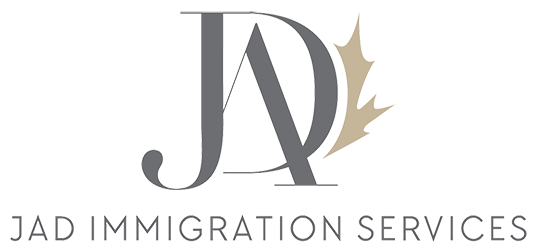Canada offers protection to individuals who fear persecution, torture, or risk to life if returned to their country of origin. Once a person is recognized as a Protected Person or Convention Refugee, they may apply for permanent residence (PR) in Canada. However, recent years have seen considerable delays in processing both inland and overseas family applications.
1. Understanding Protected Person Status
A ‘Protected Person’ is someone who has been determined by the Immigration and Refugee Board (IRB) or Immigration, Refugees and Citizenship Canada (IRCC) to need protection under section 95 of the Immigration and Refugee Protection Act (IRPA). This includes individuals who are recognized as refugees under the 1951 Convention or those facing risks of cruel or unusual treatment if returned to their home country.
2. Applying for Permanent Residence as a Protected Person
After receiving Protected Person or Convention Refugee status, individuals can apply for permanent residence using form IMM 5205 (Application for Permanent Residence — Protected Persons and Convention Refugees in Canada). They must include identity documents, photos, and details of family members both in Canada and abroad.
Once submitted, IRCC completes background, medical, and security checks before finalizing permanent residence. Applicants are encouraged to submit complete documentation early to avoid delays in processing.
3. Processing Times and Delays (2025 Data)
As of 2025, processing times for Protected Person PR applications have increased significantly. According to IRCC’s latest data, the average processing time is approximately 33-99 months for in-Canada applicants. This represents an increase from pre-pandemic timelines, when most cases were processed within 18 months.
Factors contributing to delays include security screenings, medical exam backlogs, and the prioritization of humanitarian and temporary resident programs.
| Application Type | Average Processing Time (as of 2025) |
| Protected Person (in-Canada) PR Application | 23–28 months |
| Family Members Overseas (One-Year Window of Opportunity) | 30–36 months |
4. Adding Family Members Overseas
Protected Persons in Canada can include certain family members in their permanent residence application if they were declared at the time of the refugee claim. If family members were not included, the applicant may use the ‘One-Year Window of Opportunity’ (OYW) to apply for them after receiving PR, as long as the family relationship existed before the refugee claim was made.
Family members must undergo admissibility, medical, and background checks through their local visa office abroad. Delays often occur at this stage due to limited processing capacity and coordination between the in-Canada and overseas offices.
5. Common Causes of Delay
Several issues contribute to the long processing timelines for protected person and family applications:
• High volume of protected person applications awaiting PR processing
• Complex background or identity verification
• Delays in completing medical exams or obtaining travel documents
• Communication lags between IRCC inland and visa offices abroad
• Prioritization of other humanitarian and refugee resettlement streams
6. Tips to Minimize Delays
- Ensure the application is complete and accurate when first submitted.
• Keep IRCC informed of address or family status changes.
• Submit medical exams promptly when requested.
• Use the IRCC webform to follow up if the application exceeds normal processing time.
• If family members abroad face hardship or danger, request expedited processing with strong evidence.
7. Looking Ahead
IRCC continues to acknowledge the significant backlog in protected person and family reunification applications. The department has committed to digitization and resource increases, but applicants should still expect prolonged processing through 2025. Maintaining patience and consistent communication with IRCC remains key to achieving successful outcomes.
—
Authored by Fatme Ghandour, RCIC-IRB



